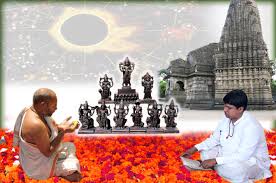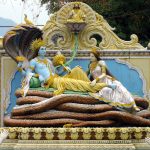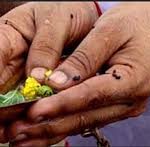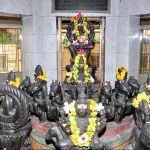Astrological Remedies – Poojas In Jothish
Astrological birth charts show us the status of our karma. The birth chart shows us the areas in our lives that are likely to pose challenges and cause us problems. This is the result of the karmas that we have brought from previous lifetimes. These can be remedied by poojas in Jothish.
Jyotish Shastra not only shows us the problem areas but also offers us remedial measures for the same. Undertake remedial measures for any Dosha after consultation with a trusted and learned astrologer. A remedy prescribed for one individual is not necessarily the exact same remedy for another. In general, astrologers prescribe remedies according to the individual’s individual chart and the practicality of being able to perform the remedy. Remedies range from spiritual practices, mantras, tantra, fire rituals, gemstones, poojas and temple visits. Sometimes, misguided attempts to perform Navagraha Shanthi poojas might cause a planet that is actually performing as a benefic in a person’s chart to stop giving benefits. So an experienced and qualified astrologer as a guide is very important before embarking on pooja remedies.
Many religious rituals and temples are prescribed as remedies. Poojas for doshas that have their own special meaning and benefit as per the concepts of Vedic astrology and remedies. So, taking the trouble to visit a prescribed temple for a particular dosha or performing the prescribed ritual will go towards rectifying the karmic problem that a dosha represents in a horoscope.
Types Of Pooja Remedies in Jothish
Pooja is a way by which we seek the blessings of the deity being propitiated for blessings to mitigate the problem. Different poojas are prescribed for problems in the horoscope. There are also fire rituals or yagnas that are performed to remedy astrological problems.
Poojas
Pooja is the ritualistic worship of God as prescribed in the Vedas. Both the rituals as well as the mantras are equally important to the pooja. People worship idols or images of the deity with appropriate offerings and mantras. The number of times one recites the mantras or the names of God depends on the capacity and the time that the devotee has. The offerings are usually fruits, flowers, camphor, incense, sweets, milk and coconut. People perform Poojas daily at home or in a temple. It is a part of life for most Hindu households. They also perform special poojas on certain festival days as per the Hindu calendar or as a remedy for astrological problems.
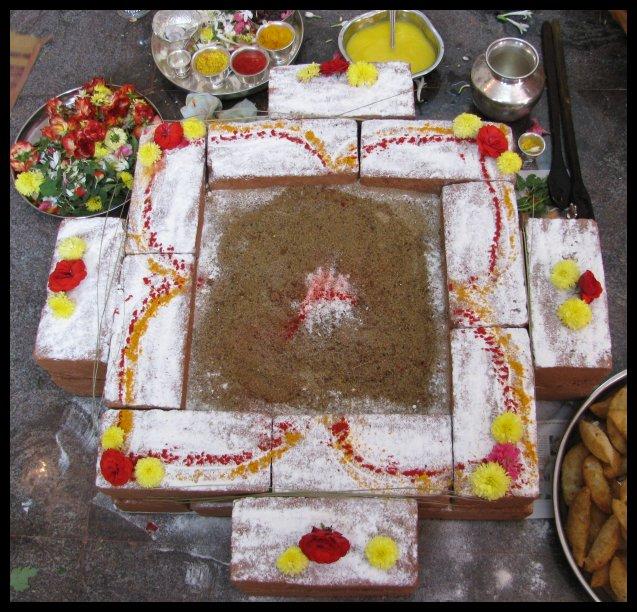
Devotees also perform certain poojas as a general remedy for certain problems. They perform the Saraswati pooja to help in education. While some perform the Uma Maheshwari pooja to help with marital problems. When a person has problems with Venus or Jupiter there are problems with marriage and relationships. Astrologers prescribe the Uma Maheshwari pooja to get the blessings of Lord Shiva and Parvati Devi (Uma) for this.
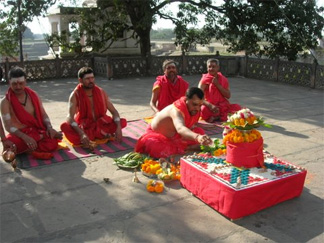
Navagraha Shanthi Pooja
For particular problems related to the planets, there are poojas that a devotee can perform on the weekday that relates to that planet. These are usually Navagraha Shanthi poojas. For example, Monday, ruled by the Moon, is the ideal day for pooja to the Moon-god. The offerings made are also relevant to the planet that the devotee worships. For example, the offerings to the Moon would be raw rice pudding and white flowers.
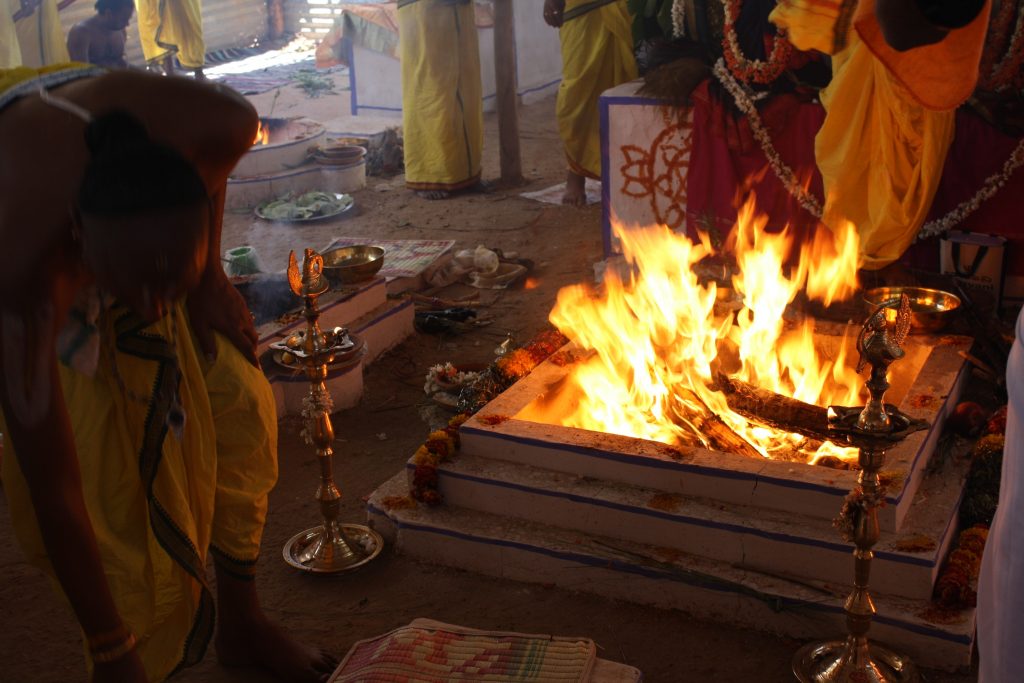
Devotees can perform the Nakshatra based poojas to appease problems caused by planetary positions in certain nakshatras.

Homa in Jothish
Homa is also called Havan or Yagna. It is a form of worship by invoking Agni or the fire God. The fire the priests build is a sacred fire. Also known as the Homakunda. The priests and the devotees make sacrificial offerings into the sacred fore accompanied by chants and mantras as prescribed in the Vedas. They pour ghee with each repetition of the sacred mantras. Devotees also offer various offerings as prescribed. These vary according to the deity that the devotee worships and the exact homa that the priest performs. People generally perform Homas at home or in a temple with one or more priests presiding over it.
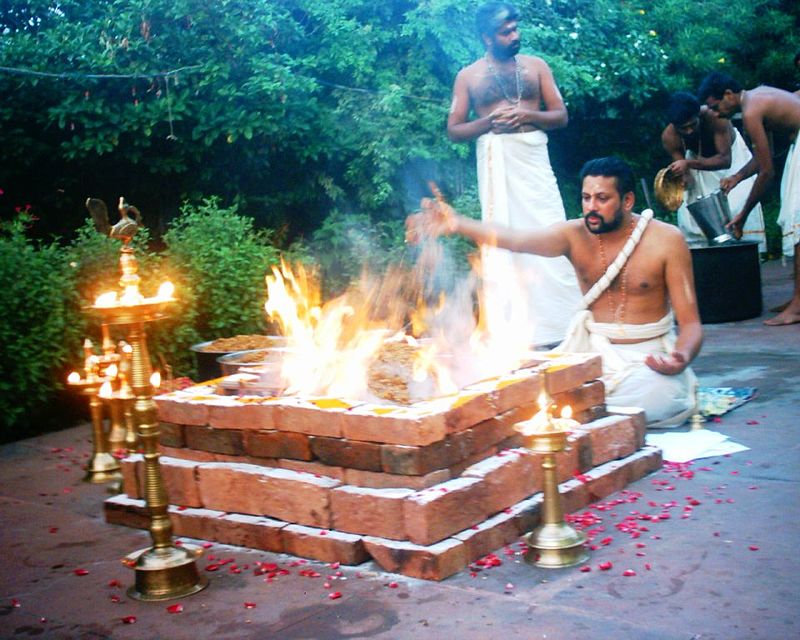
A yagna is a homa that a devotee performs on a larger scale. One cannot refer to a small homa as a yagna. Yagnas are not as frequently performed as homas.




